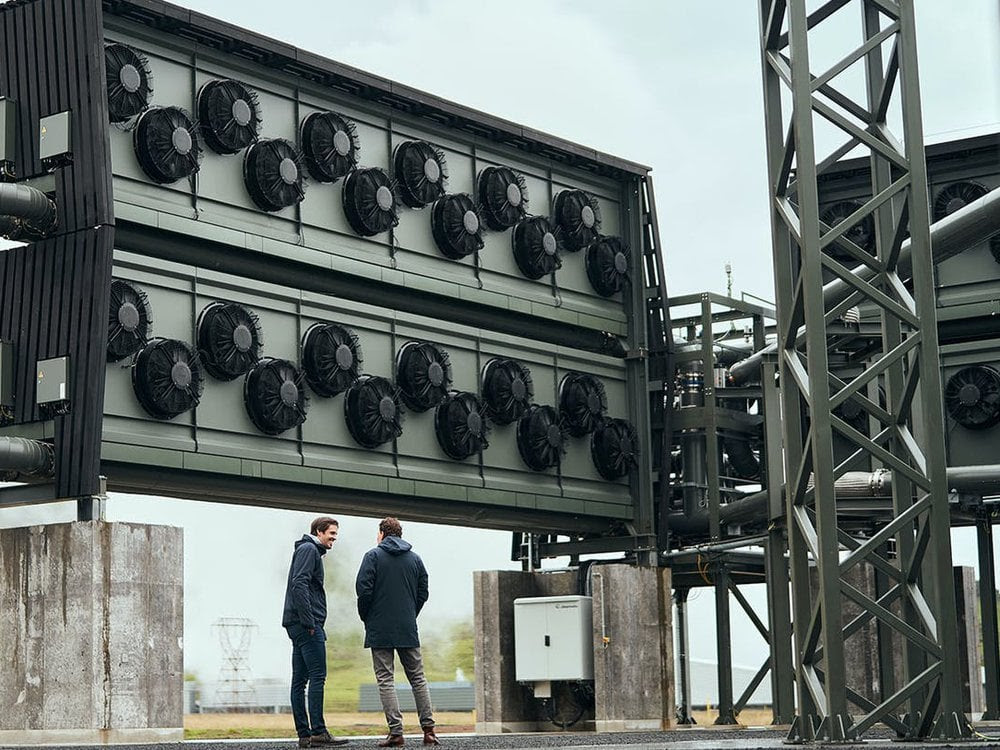The upcoming plant will be the world’s largest CO2 capture plant, capable of storing five million tons of carbon per year. It is widely accepted that the fight against global warming must be accompanied by rapid and significant reductions in greenhouse emissions, and IPCC experts believe that additional efforts must be made to limit the rise to 1.5˚C above pre-industrial levels, but doubts remain about the real effectiveness of new technologies, such as carbon capture, in combating CO2 emissions.
The head of the carbon capture and geological storage program at IFPEN, the French petroleum and new energy institute, Florence Delprat-Jannaud, claimed not long ago that technologies already existed and were working well, referring to carbon capture in factory flue gases. But a report published at the beginning of September by the Institute for Energy Economics and Financial Analysis indicates that the results obtained by these new technologies are far from convincing. According to experts, targets for capturing CO2 in the factory flue gas are sometimes less than 50%, which suggests even lower results when it comes to capturing carbon in the atmosphere where concentrations are much lower.
Current technologies are capable of efficiently capturing CO2 concentrations of around 10%, but in the atmosphere, the concentration of carbon is around 0.04%. It is on this basis that carbon capture plants have begun to be established around the world, representing about fifteen units in 2021 and corresponding to 9,000 tons of CO2 captured in the atmosphere.
In Iceland, for example, the Orca plant opened in September 2021 and is capable of treating 4,000 tons of CO2 per year, but will soon be supplanted by the nearby Mammoth plant, whose construction began in June 2022 and whose stated objective is to treat 36,000 tons of CO2 per year. In Scotland, the Storegga project plans to capture between 500,000 and one million tons of CO2 by 2026, but the most spectacular project is the Bison project led by the Los Angeles-based company carbon capture, which is expected to be completed by the end of 2023 and has a stated goal of capturing 5 million tons of CO2 per year by 2030.
Carbon Capture’s project could prove more viable because it is scalable and made up of modular units similar to shipping containers, which can be adapted to the new, less expensive absorbent materials expected to be developed in the coming years. The U.S. company now estimates the cost per ton of carbon captured at seven hundred dollars, but that cost could rise to two hundred and fifty dollars per ton by 2030 for a tax credit that was recently increased to one hundred and eighty dollars per ton.
The state of Wyoming was chosen as the location for the plant, the largest atmospheric CO2 capture plant in the world, because of the availability of renewable energy needed to run the modular units and the environment for storing carbon underground, where the CO2 will be compressed into a liquid and then injected into wells hundreds of feet below ground. The Bison project is also expected to provide new jobs in a region particularly affected by the closure of coal mines.
However, some environmental groups believe that the money invested would be better spent on proven renewable energy technologies rather than on the type of plant developed by the Bison project. The amount of CO2 potentially involved is enormous, in 2021 for example, the world has emitted thirty-six billion tons of CO2 and the first estimates evaluate the need to capture and store carbon at ten billion tons per year by 2050, that is to say, several plants with the capacity of the Bison project.



Comment here